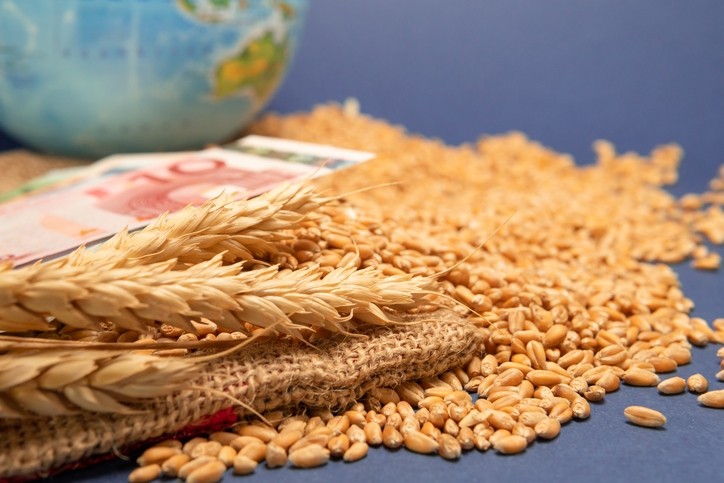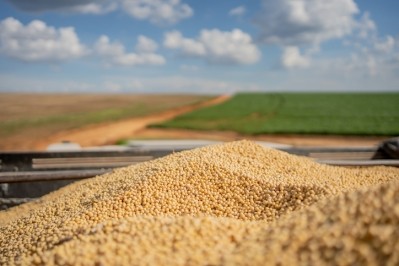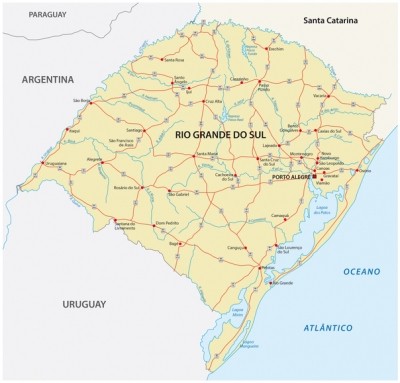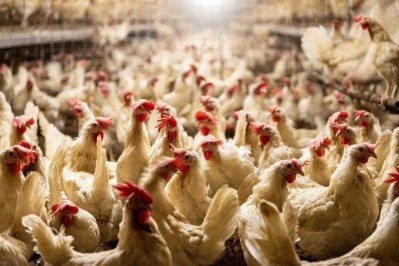Russian grain tariffs likely to ease pain for EU farmers

Grains and oilseed imports from Russia have totalled 1.8Mt up to the end of February so far this season. Although insignificant relative to much larger imports from Ukraine, the import of Russian grain into the EU has long been a bone of contention for the block’s farmers, facing a tsunami of Ukrainian grain imports in the wake of the Black Sea conflict, the UK grain and oilseed market analysts commented.
Last Friday saw the EU Commission propose escalating tariffs on imports of cereals, oilseeds, and related products from Russia and Belarus into the EU, pending approval from member states. Products such as wheat, maize, and sunflower meal, would face higher tariffs, effectively limiting their importation into the EU while not impacting exports to other countries.
Depending on the specific product, they will increase to either €95 per ton (US$103/t), or to an ad valorem duty of 50%. Additionally, Russia and Belarus will lose access to certain WTO quotas on grain products.
Tariffs address three goals
In summary, the EU executive says the measures are aimed at:
- Preventing market destabilization within the EU by curbing potential influxes of Russian grain products.
- Addressing concerns regarding the illegal export of Ukrainian grain mislabeled as Russian, ensuring such practices are no longer profitable.
- Disrupting Russia's ability to fund its aggression against Ukraine through revenues generated from grain exports to the EU.
In 2023, Russia exported 4.2m tons of cereals and oilseeds to the EU, valued at €1.3bn, while Belarus exported 610,000 tons worth €246m, according to EU Commission data. However, these imports represent only a fraction of the EU's overall supply, with domestic production and imports from other countries constituting the majority.
The proposed measures anticipate a reduction of EU imports from Russia and Belarus, with the shortfall expected to be filled by increased domestic production and imports from other traditional suppliers such as the US, Brazil, Ukraine, Serbia, and Argentina, stated the Commission.
Belarus ties to Russia
The decision to target Belarus alongside Russia stems from its close political and economic ties with Russia, as well as its support for Russia's actions in Ukraine. Excluding Belarus could enable Russia to bypass EU tariffs by channeling goods through Belarus, said the EU executive.
Unlike sanctions, these tariffs allow for continued transit, trading operations, storage, transportation, and ancillary services related to Russian grain within the EU.
Weather watch
Western Europe is gearing up for another wet week ahead, with particularly heavy rainfall anticipated in southern France, northern Italy, and western Spain. The UK, except for northwest Scotland, will experience widespread rain, while clearer skies are expected in Germany, Poland, and across eastern Europe, notes CRM Agri in a grain outlook report.
Heading into the first week of April, and France through to eastern Europe is forecast to see even heavier rainfall, while the UK is set to experience drier conditions, facilitating smoother progress in spring planting and winter crop fertilization.
Moving further east, the Black Sea region will continue to experience dry and unusually warm weather, which is becoming increasingly significant in the market. However, some Russian areas cultivating spring wheat are preparing for rainfall.
In the US, rain will continue to favor the eastern Midwest states, such as Indiana and Ohio, over the western ones like Iowa and Minnesota, as the spring planting season commences. Temperatures are expected to remain near normal.
Canada's Prairies will persist with dry conditions, accompanied by unusually cold temperatures over the next week.
In South America, central growing regions will receive additional rainfall to support safrinha corn crops. However, concerns persist over dryness in southern areas, including the second-ranked safrinha corn state of Parana, where some rain is forecasted. Argentina will see wetter weather transitioning to drier conditions as April unfolds.












